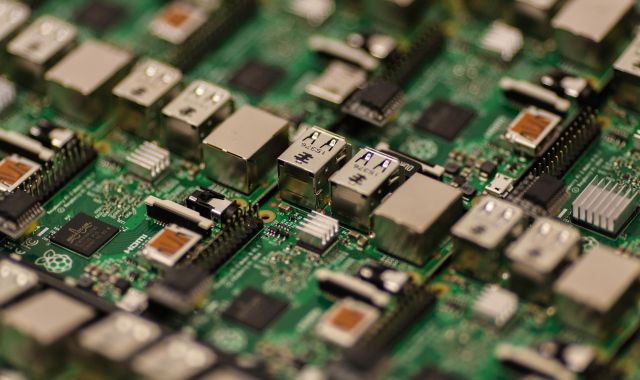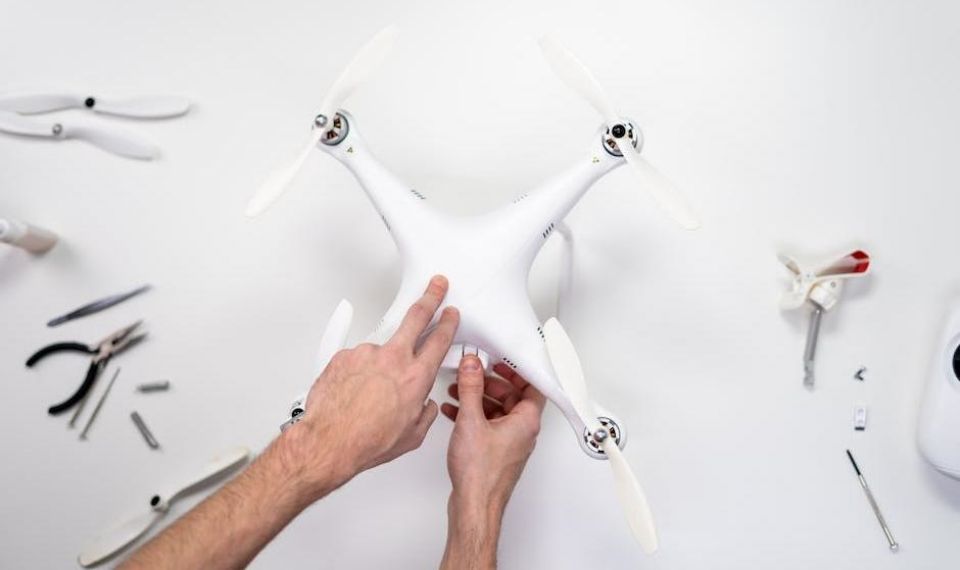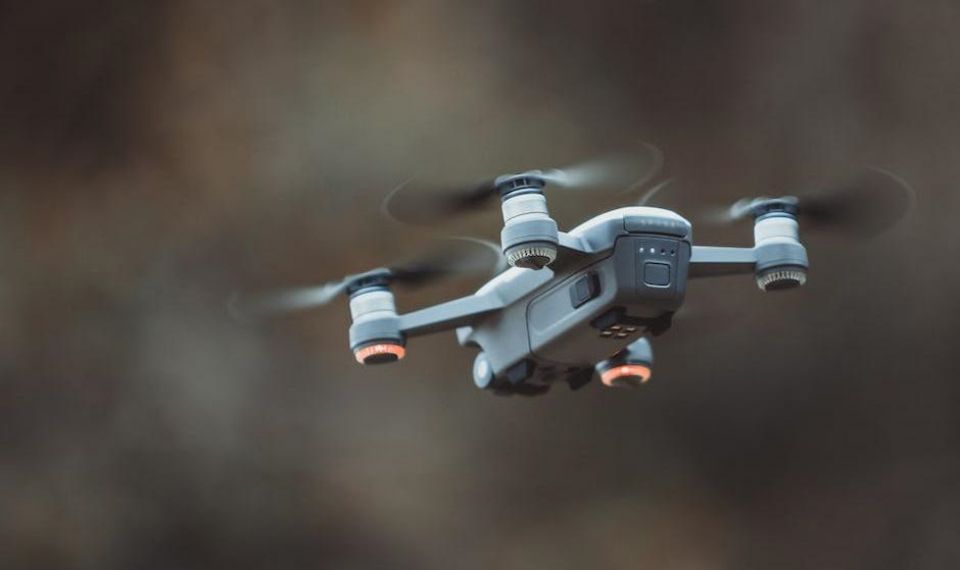
The drone: a remarkable feat of technology soaring high, clouds parting way as it buzzes towards the future. An intricate marvel, it is much more than a remote-controlled toy. It is a testament to human ingenuity, blending artistry with engineering.
At the heart of this marvel is the drone’s impressive brain – the flight controller. Encased in a plastic shell, the flight controller is a miniature computer designed to stabilize the drone during flight. This tiny device receives commands from the pilot’s remote control, processes the directions, and sends the necessary signals to the drone’s motors. It’s the flight controller that keeps the drone stable and responsive, even in harsh wind conditions.
Another key aspect of drone technology is the Global Positioning System, or GPS. This allows the drone to pinpoint its location anywhere in the world, providing accurate and responsive navigation. The drone receives signals from a multitude of satellites, triangulating its position based on the time it takes for the signals to arrive. This gives the drone pilot the ability to fly long distances without losing control and allows for precision-based tasks like aerial photography or search and rescue missions.
But the marvel doesn’t stop there. In recent years, advanced camera technology has been integrated into drones. These cameras can capture high-resolution images and video footage from angles and vistas that, until now, were only attainable through expensive helicopter rentals or risky maneuvers. Now, anyone with a drone can take breathtaking aerial shots or create cinematic experiences.
Moreover, drones have an increasing capacity for carrying payloads. This feature has been utilized in a variety of ways—from delivering small packages in urban areas to dropping off supplies in disaster-stricken regions. The drone’s ability to carry payloads not only adds to its versatility but also opens up new possibilities for its use. With the increasing improvements in battery technology, the future holds endless possibilities in terms of drones’ endurance and range.
Perhaps one of the more fascinating prospects of drone technology is its potential to be autonomous. Currently, most drones are operated remotely. However, advancements in Artificial Intelligence (AI) and Machine Learning (ML) have set the stage for drones to become independent operators. They can be programmed to perform specific tasks, navigate through complex environments, and even make decisions based on real-time data.
From the intricacies of their flight controllers to the high-definition cameras affixed to their underside, drones are much more than they appear. They are a harmony of technological components working in unison, a marvel that goes beyond their immediate visual appeal. They represent the pinnacle of human ingenuity and the limitless potential of technology. Indeed, as we watch them buzz into the horizon, we are watching the future unfold.









